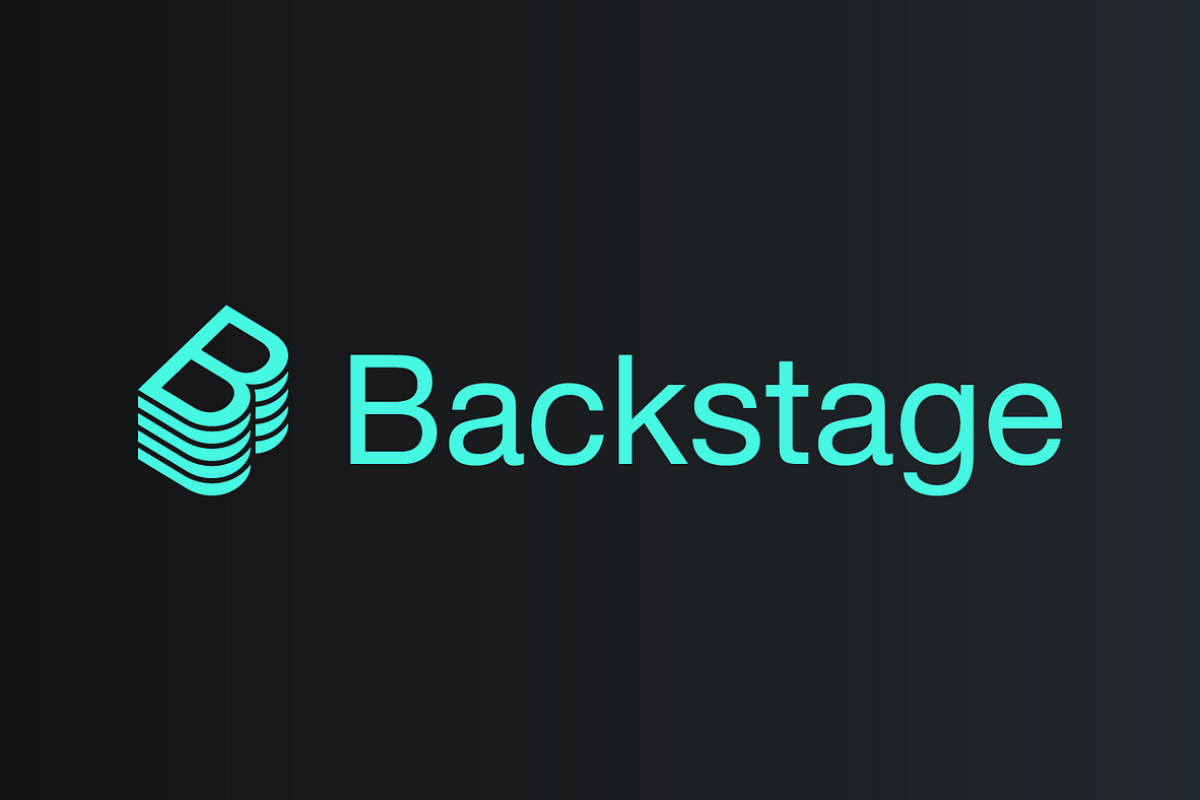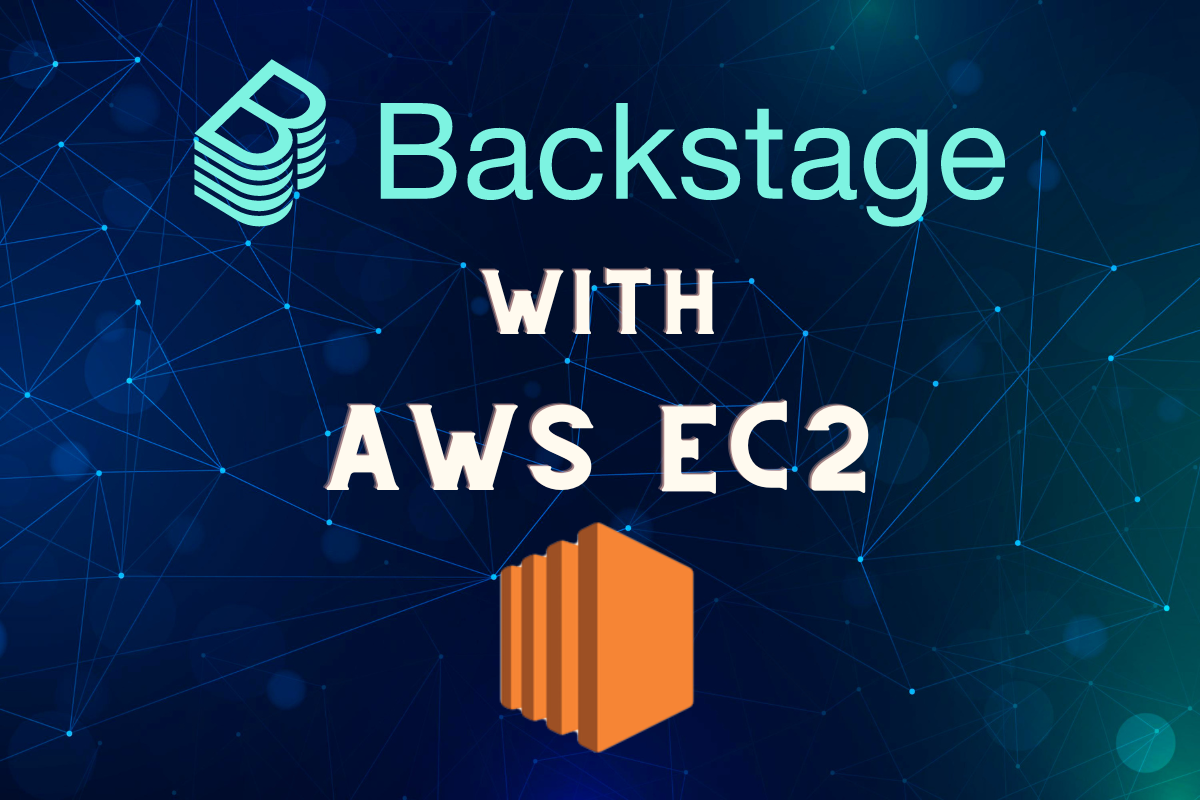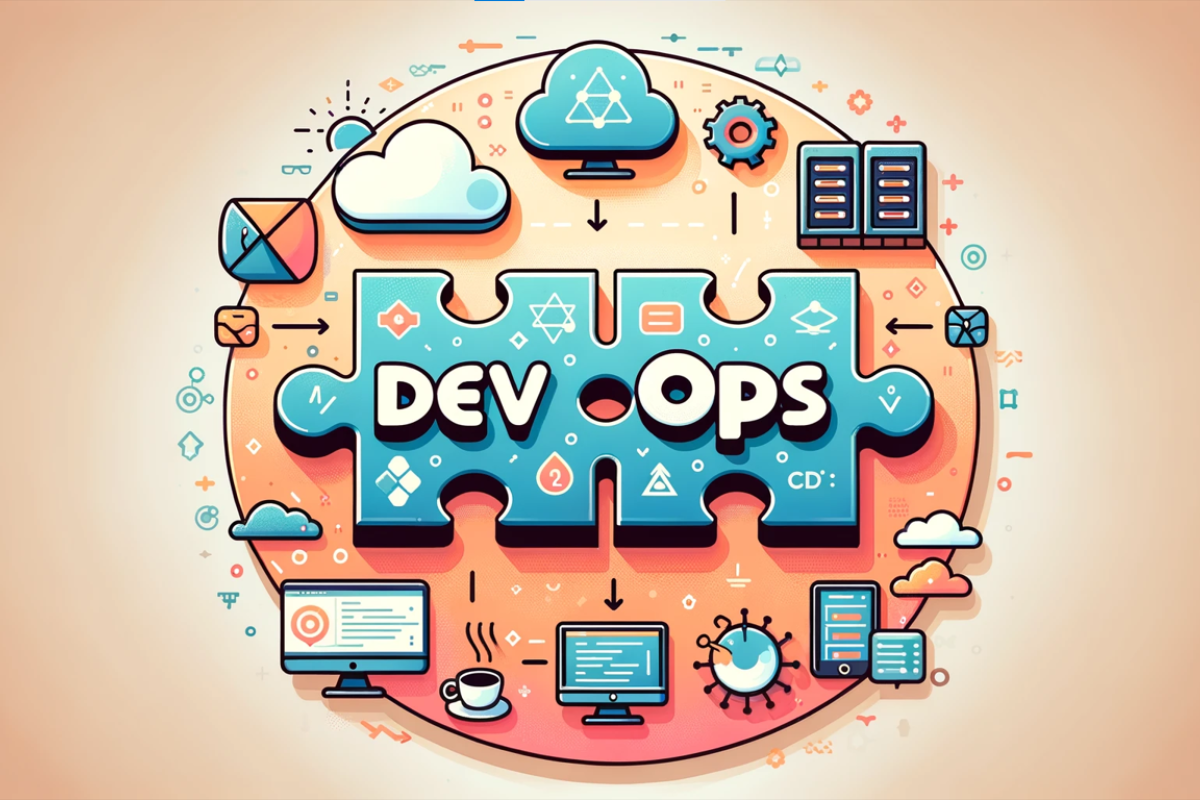Terraform vs. OpenTofu: The Ultimate IaC Showdown for Developers
The Infrastructure as Code (IaC) landscape is undergoing a seismic shift. The recent acquisition of HashiCorp, the company behind the ubiquitous Terraform, by tech giant IBM, has sent shockwaves through the developer community. This, coupled with Terraform’s controversial shift from open source to a business source license (BSL) in 2023, has ignited a firestorm of debate. Enter OpenTofu, a community-driven, open-source alternative rising from the ashes. Let’s embark on a deep dive, exploring the impact on developers and the future of IaC through the lens of Terraform vs. OpenTofu.
The IBM Acquisition: A Double-Edged Sword for Developers
The impact of the IBM acquisition on Terraform remains an open question. Here’s a nuanced perspective for developers to consider:
Market Expansion: Increased market reach could translate to more resources for Terraform development. This could benefit developers with faster bug fixes, improved documentation, and potentially more features. Research by Futurum Research predicts a surge in IaC adoption (https://futurumgroup.com/news-insights/research-reports/), and IBM’s backing could propel Terraform further ahead in this race.
Focus Shift and Potential Lock-in: Integration with IBM’s cloud offerings might become a priority, potentially impacting the development roadmap. Developers working in multi-cloud environments could face vendor lock-in concerns if Terraform prioritizes IBM’s cloud infrastructure. Studies by Cloud Foundry (https://www.cloudfoundry.org/) highlight the growing importance of multi-cloud strategies for developers.
Open-source Commitment in Question: While IBM has pledged commitment to open-source, the long-term implications for Terraform’s core development and community involvement remain unclear. Developers who thrive on open collaboration and influence might find this shift unsettling. A recent report by the Synopsys Open-Source Security and Risk Analysis (OSSRA) Team (https://www.linuxfoundation.org/research/world-of-open-source-global-2023) explores the complexities of balancing open source with commercial interests.
OpenTofu: A Developer’s Sanctuary or a Wild West?
The open-source community responded to the BSL change with OpenTofu. Here’s a research-backed analysis of its appeal to developers:
Open Kitchen, Open Collaboration: OpenTofu fosters a transparent and collaborative environment. Developers can directly contribute to the codebase, participate in discussions, and influence the future of the tool. This aligns with the findings of a Linux Foundation report (https://training.linuxfoundation.org/training/introduction-to-open-source-development-git-and-linux/) that highlights the importance of community and collaboration for developer innovation.
Minimal Migration Hassle: Existing Terraform users can migrate to OpenTofu with minimal code changes, thanks to its compatibility with Terraform 1.6 and earlier versions. A study by Cloud Posse (https://github.com/cloudposse/terraform-provider-utils) explores migration strategies from Terraform to alternative IaC tools.
Innovation Playground: The OpenTofu community thrives on rapid innovation. Developers can expect faster experimentation with new features and approaches to IaC. Research by Gartner (https://www.gartner.com/en/documents/3992065) emphasizes the need for IaC tools to keep pace with the rapid evolution of cloud technologies. However, some developers might appreciate the stability and backwards compatibility that a commercially backed tool like Terraform might offer.
Open vs. Licensed: A Developer’s Dilemma – Research Backs Up the Concerns
The battle between OpenTofu and Terraform highlights a central developer concern, as research by Flexera (https://www.flexera.com/blog/it-asset-management/a-field-guide-to-open-source-software-licensing/) reveals:
Control vs. Convenience: Terraform’s BSL offers potential benefits like dedicated support and potentially faster development cycles. However, it restricts developers’ freedom to modify and distribute the tool. This lack of control can be a significant concern for developers who value the flexibility of open-source licensing.
Community vs. Corporate: OpenTofu fosters a vibrant community, allowing developers to directly influence the tool’s direction. However, it may lack the extensive resources of a large vendor like IBM behind Terraform. This can lead to concerns about the project’s long-term sustainability and support.
The Future of IaC: A Developer’s Paradise or a Battleground?
The competition between OpenTofu and Terraform promises a dynamic future for developers, with both opportunities and challenges:
Choice Galore: Developers can now choose between the open-source flexibility of OpenTofu and the potentially more robust features and commercial support of Terraform. This fosters a healthy competitive landscape that can ultimately benefit developers by driving innovation and feature development in both tools.
Open-source Momentum: The rise of OpenTofu highlights the continued strength of open-source in IaC. This may encourage other vendors to consider more permissive licensing models, giving developers greater control over their tools and fostering a more collaborative ecosystem.
Focus on Developer Needs: The competition will likely lead to a greater focus on developer experience. Both Terraform and OpenTofu will vie for user adoption by prioritizing intuitive interfaces, robust features, and a focus on developer productivity. This translates to more user-friendly tools and streamlines workflows for developers.
Potential Fragmentation: While choice is good, fragmentation in the IaC landscape could pose challenges. Developers might need to invest time in learning and maintaining expertise in multiple tools depending on project requirements.
Conclusion
The IaC landscape is in flux, offering developers both challenges and opportunities. Carefully consider your specific needs – open-source flexibility, commercial support, or a balance of both – when choosing the right tool for your infrastructure management. Regardless of your choice, the developer community is stronger than ever, fostering innovation and empowering you to build and manage infrastructure with code. So, grab your favorite IaC tool, embrace the changing landscape, and start building!








